Japan Tours, Holiday Packages and Travel Deals 2026 & 2027
From the iconic destinations of Tokyo and Kyoto to lesser-known locations off the beaten path, we have holidays to suit every traveller.
When on tour, be shown the local way of life thanks to our incredible guides. Armed with unmatched historical and cultural knowledge, our team is also on hand to give you the inside scoop on where to grab a coffee, an authentic ramen or find unforgettable shopping.
With Tours and Cruises that take you from the magic of cherry blossom season to the heights of Mount Fuji and so much more, there’s no better way to discover Japan than with TripADeal.
Ready to explore? Discover our unbeatable Japan Tours

Includes Return International Full-Service Flights

Includes Return International Qantas Flights

Includes All International Flights

Includes Return International Flights & High-Speed Rail

Includes Return International Qantas Flights

Includes Return International Full-Service Flights
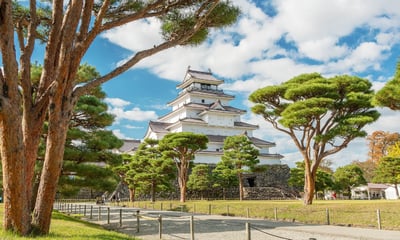
Includes Return International Full-Service Flights

Includes Return International Qantas Flights

Includes Return International Full-Service Flights
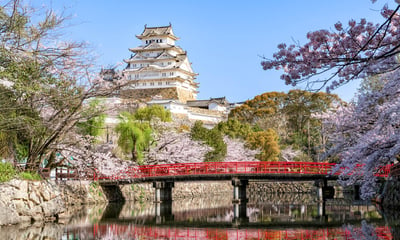
Includes International Flights & High-Speed Rail
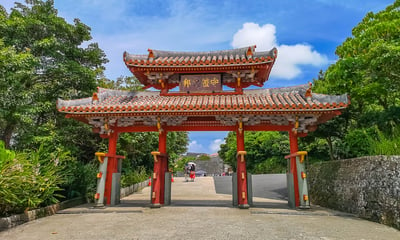
Includes All International & Internal Flights
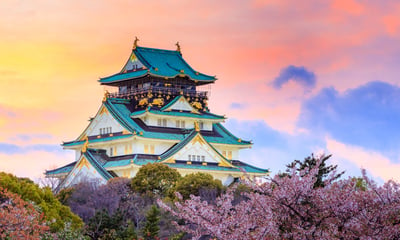
Includes Return International Full-Service Flights
Ready for an adventure? Explore Japan Tour & Cruise
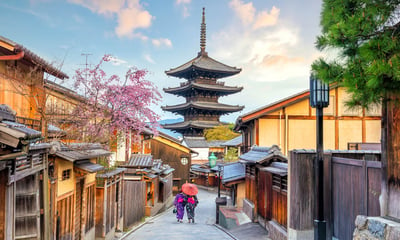
Includes Return International Flights & Cruise
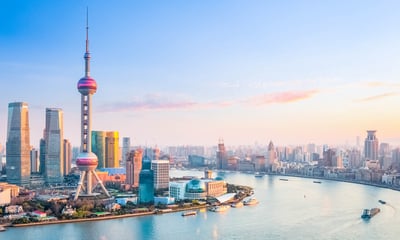
Includes Return International Flights & Cruise
Love cruising? Check out our incredible Japan Cruises

Includes Return International Flights & Cruise
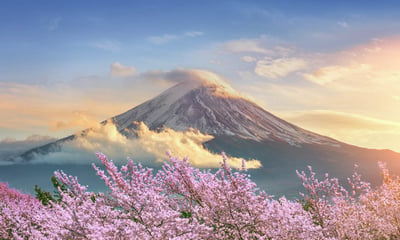
Includes Return International Flights & Cruise

Includes Return International Flights & NCL Cruise

Includes Return International Flights & Cruise

Includes Return International Flights & Cruise
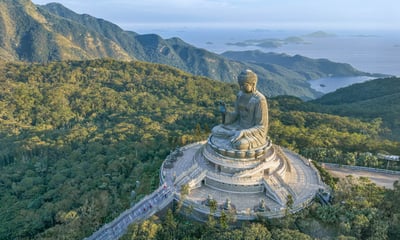
Includes Return International Flights & Cruise

Includes Return International Flights & Cruise
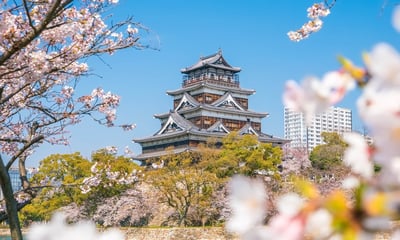
Includes Return International Flights & Cruise

Includes Return International Flights & Cruise
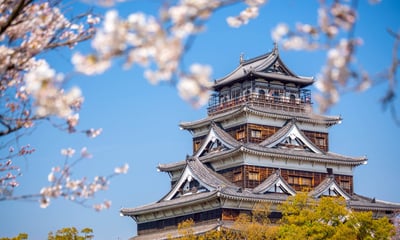
Includes Return International Flights & Cruise
Looking for a Hotel escape? Explore our Japan Hotel Deals
What customers say about us
Japan is a beautiful destination with so much to do. From the heights of Tokyo Tower in buzzing Tokyo, to the historical Golden Pavilion in Kyoto, Japan has attractions and experiences for
everyone. On our bucket list tours and cruises, you can step foot of Mount Fuji, immerse in the
buzz of Osaka’s Dotonbori district, visit Hiroshima’s Peace Memorial Park and so much more.
Thanks to our huge range of Japan deals, you can choose the time of year to travel that best suits you! However, we’ve found popular times to visit Japan are generally from September through November to see the changing Autumn colours, and during spring from March to May, to catch the famous cherry blossom season.
All TripADeal packages to Japan include return flights from select capital cities including Sydney, Melbourne and Brisbane. For departures from Adelaide and Perth, please refer to the checkout on each deal page, or talk to one of our friendly team to learn more.
Most of our Japan tours include free time/free days where you can choose to explore however you wish. This is a great opportunity to book a ticket to “The Happiest Place on Earth”.
Famous for their speed and efficiency, a ride on a bullet train (Shinkansen) is included in some of our tours. For those that don’t include a ride on the train, there are often days at leisure in major cities where you can arrange this for yourself, with the help of your guide.
Japan is a country with various climates from North to South, but all enjoy four seasons.
Spring: Spring has mild days and cold nights, with temperatures ranging from 2°- 24°C.
Summer: Summer starts with higher rainfall in June, followed by a humid July and August. Daily temperatures range 16°-30°C.
Autumn: Autumn has mild days with cooler nights and daily temperatures ranging from 7°- 27°C.
Winter: Winter is cold and dry, with snow in the north. Daily temperatures ranging from 6°- 20°C.
It largely depends on when you are travelling, however here’s a guide based on seasons:
Spring (Mar-May): To enjoy the mild days and cool nights, pack layers from t-shirts up to knitwear and/or a jacket.
Summer: (Jun-Aug): Breathable fabrics work best in the humid Japanese summers. Shorts and sundresses are acceptable, except in some shrines and temples.
Autumn: (Sep-Nov): Pack layers at the start of the season to prepare for mild days and cool nights. Towards the end of autumn, be sure to have a coat and scarf handy.
Winder: (Dec-Feb): Be sure to pack warm knitwear and a good coat to stay warm during the Japanese winter, especially in northern locations.
In an effort to tick off Japan’s bucket list locations, we use modern buses, bullet trains and ferries to transport you in comfort and safety. On long travel days, we encourage you to use this time to relax and refresh between our busy tour days. Our scheduled stops also include excellent food and shopping options, so even in-transit, you’re experiencing authentic Japan.
We work hard to find the best accommodation available for our tours with excellent service provided. Please note, Japanese hotel rooms are generally more compact than western hotels, but are always comfortable and impeccably clean.
Australian citizens, residents and permanent visa holders do not need a visa for Japan for stays less than 90 days, and can just enter normally on arrival. For more details on visas and travel to Japan for Australians, we recommend checking the Smartraveller website.
In Japan, the whole country is on one time zone, GMT +9. Japan is 2 hours behind Sydney, so for example, 10am in Sydney is 8am in Japan. As the time zones between Japan and Australia are very closely aligned, any jet lag from your trip to Japan will likely be minimal!
Japan’s currency is the Yen, with a rough exchange rate of 1 AUD to 100 Yen (100 AUD = 10,000 Yen). Japan has a comprehensive ATM system, so you can easily withdraw Yen using an Australian bank card or travel card when there. You can also convert AUD to JPY at many currency exchange offices and banks.
In Japan, cash is the most widely accepted form of payment. Card facilities are available on some tours, but it’s always a good idea to carry a mix of cash and card. We recommend a minimum of AUD$100-150 per day spending money based on our experience and feedback from customers.
We appreciate tipping is not customary in a hospitality setting in Japan, however it is common practice to tip tour guides, leaders and/or drivers. This is only a recommendation, it is not mandatory.
If you require full connectivity while on tour, we recommend getting a travel sim or activating a roaming package on your phone prior to departing Australia (most major Australian networks allow you to activate international roaming that covers you in Japan).
If you don’t have a travel sim or roaming activated however, it is possible to connect to networks while in Japan, as there is free Wi-Fi on public transport, in most major shopping centres and at hotels.
Japan uses the Type A and B plug. We recommend travelling with a travel adaptor - you can buy one at home before your trip, at the airport, or at many convenience stores when you land in Japan.
Top 5 Reasons To Holiday in Asia
Dreaming of Asia? With its rich cultures, breathtaking landscapes and mouthwatering cuisine, this vibrant ...
Best Time To Visit Japan
Japan is a captivating destination no matter the time of year, and promises a ...
Foodies Guide To Japan
Japan is a country rich in mouthwatering cuisine, so no trip is complete without ...





























